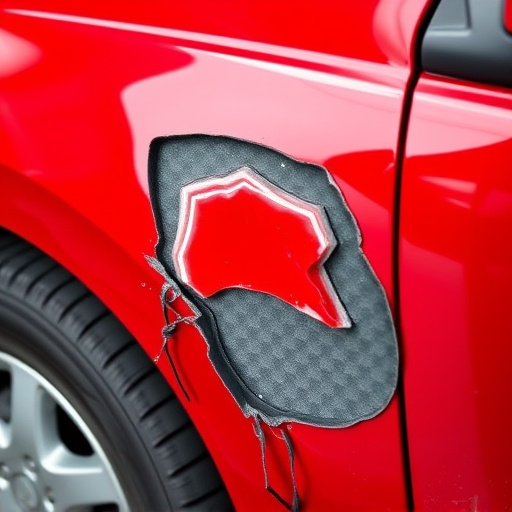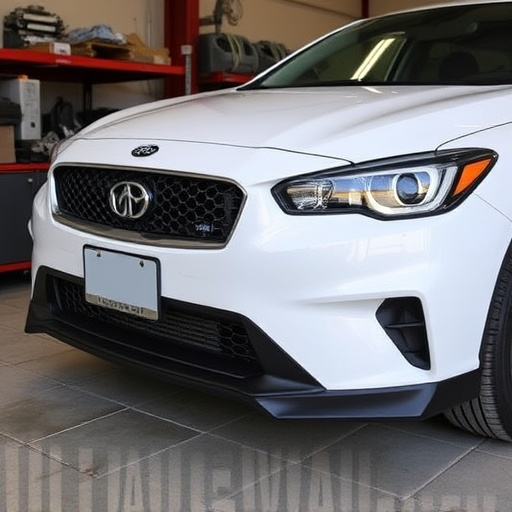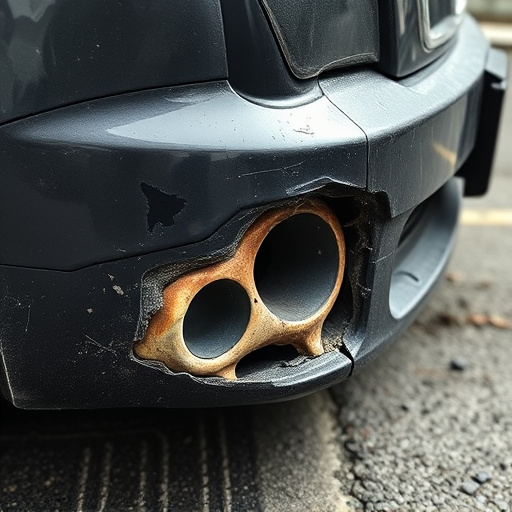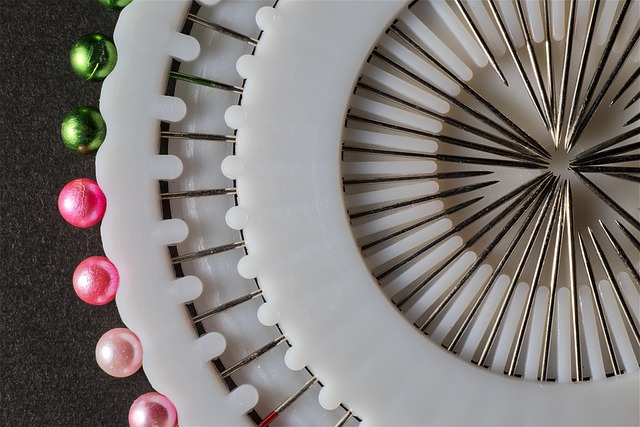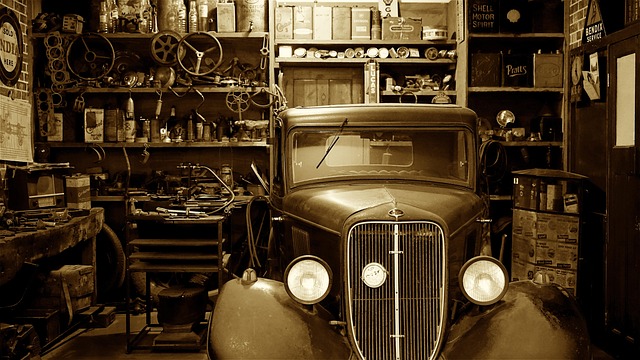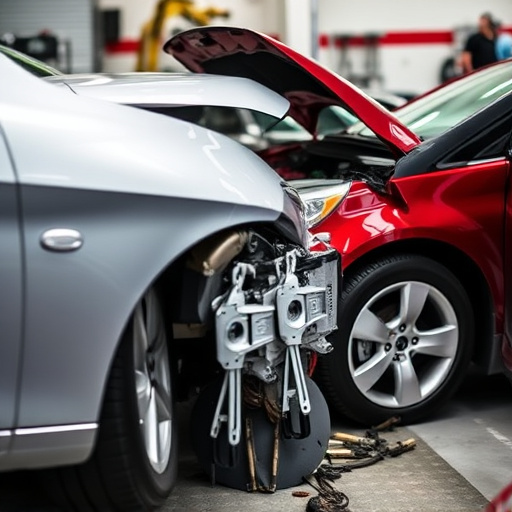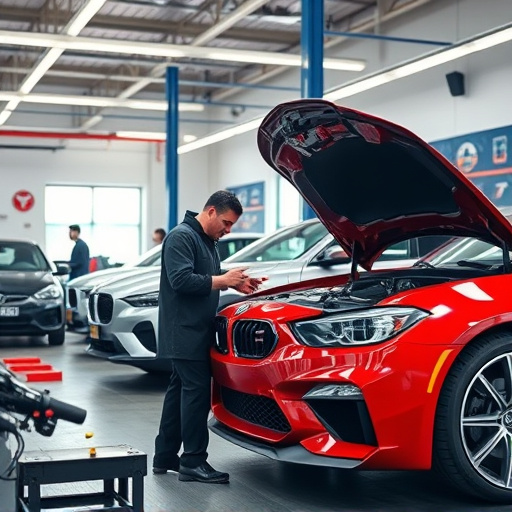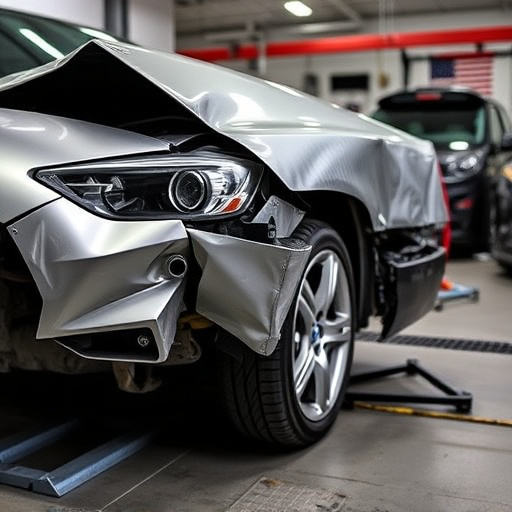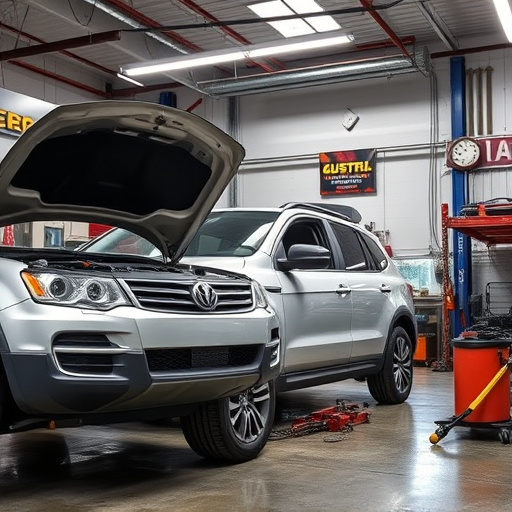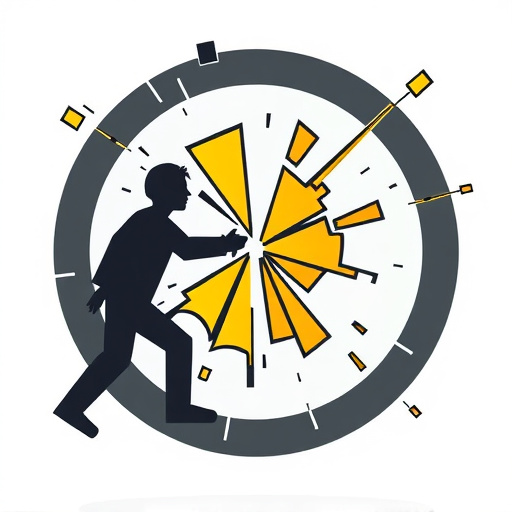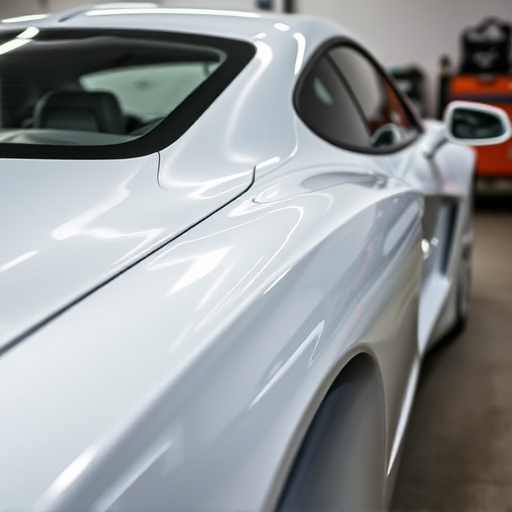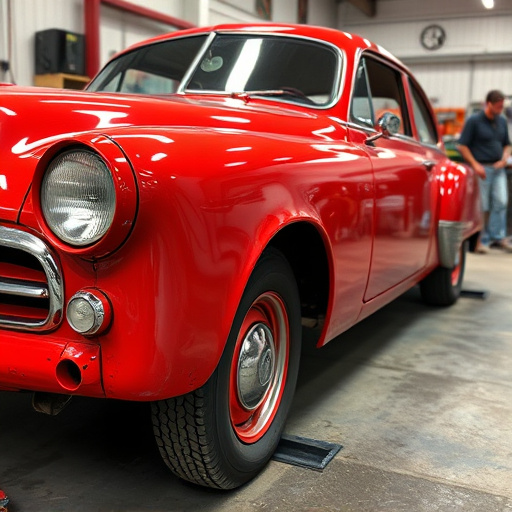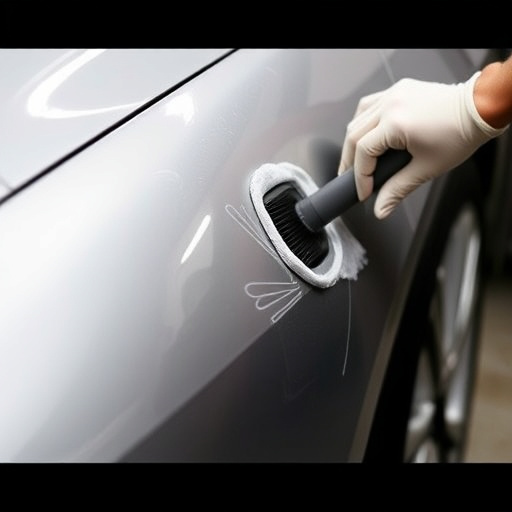Before engaging a rush collision repair service, conduct a thorough inspection of your vehicle to identify existing damage. Document findings with photos. Prepare essential documents and compare specialized shops for quality care. Understand the repair process, including dent repair and paintless dent repair techniques, to effectively communicate expectations and guarantee a seamless finish.
Preparing your vehicle for a rush collision repair service requires meticulous attention. Start by thoroughly inspecting your car, noting any pre-existing damage or issues. Gather all relevant insurance documents, policy details, and vehicle identification information. Familiarize yourself with the repair process to ensure clear communication with technicians. These steps streamline the recovery process, helping you navigate emergency repairs efficiently while achieving a seamless restoration for your vehicle.
- Inspect Your Vehicle Thoroughly Before Service
- Gather Necessary Documents and Information
- Understand Repair Process for Efficient Communication
Inspect Your Vehicle Thoroughly Before Service
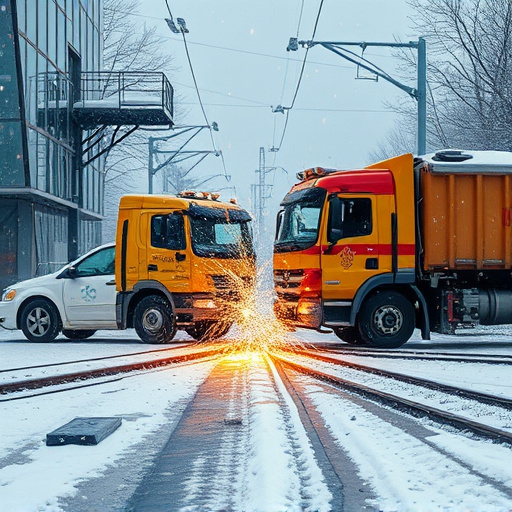
Before rushing your vehicle into any collision repair service, it’s crucial to conduct a thorough inspection yourself. This step is often overlooked but can save you time and money in the long run. Walk around your car and examine the exterior for any signs of damage, such as dents, cracks, or scratches. Pay close attention to the areas surrounding doors, fenders, and bumpers, as these are common spots for impact during a collision. Also, check the windows, mirrors, and lights for functionality and damage.
An extensive inspection will help you identify pre-existing issues that might not be immediately apparent to technicians. It’s important to document these findings, including taking photos, which can serve as a reference point when discussing repairs with your chosen rush collision repair service. This proactive approach ensures that any work done is necessary and helps maintain the value of your vehicle through proper auto maintenance and car body restoration practices.
Gather Necessary Documents and Information
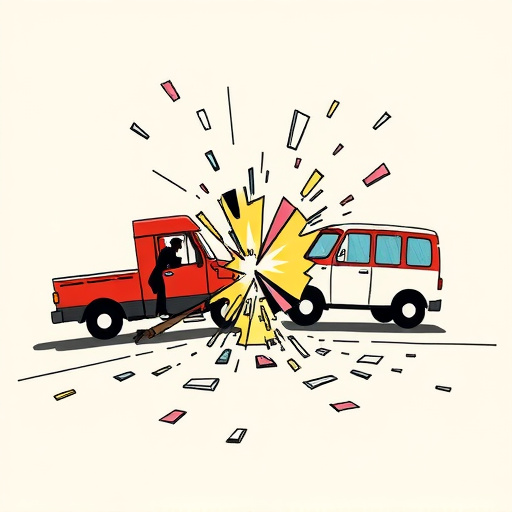
Before you even think about bringing your vehicle to a rush collision repair service, ensure you have all the essential documents and information at hand. This includes your vehicle’s registration and proof of insurance, which are crucial for both legal and logistical purposes. Additionally, gather details about the damage – take photos and make notes on the extent of the issue, whether it’s a simple dent or more complex needs like frame straightening or classic car restoration.
Knowing what repairs are required will help you choose the right collision repair shop. Researching and comparing shops that offer these services, including specialized tasks such as frame straightening, can save you time and ensure you receive quality care for your vehicle. Remember, effective communication with the repair service is key; providing them with all relevant information upfront will enable a smoother process.
Understand Repair Process for Efficient Communication
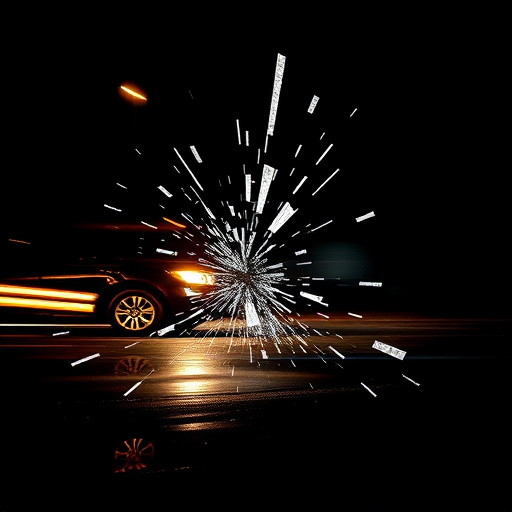
Before engaging a rush collision repair service, understanding the repair process is key to efficient communication. This knowledge allows you to clearly articulate your expectations and understand the steps involved in restoring your vehicle to its pre-incident condition. By familiarizing yourself with common procedures like dent repair or paintless dent repair, you can actively participate in discussions about repairs needed and ensure your vehicle undergoes the appropriate restoration techniques.
Effective communication during this process is vital. Clearly explain any specific concerns or preferences regarding your vehicle’s aesthetics, such as aiming for a seamless finish after a paint job. Understanding the capabilities of the rush collision repair service, including their expertise in various vehicle restoration techniques, ensures you receive the best possible outcome for your car or truck following a collision.
Preparing your vehicle for a rush collision repair service involves meticulous inspection, documentation, and understanding the repair process. By thoroughly checking your car before service, gathering all required documents, and staying informed about the repair procedure, you ensure seamless communication and efficient work. This proactive approach not only saves time but also guarantees your vehicle receives the best possible care during rush collision repair.
